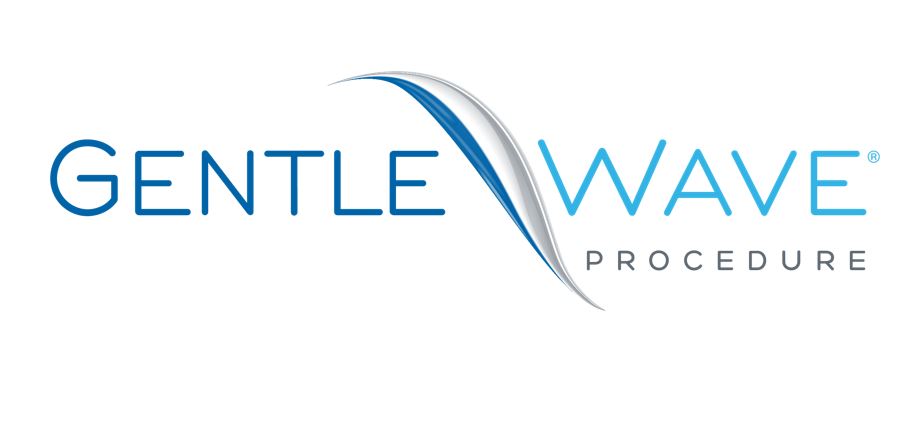In conjunction with the doctor’s skill and judgement, advancements in modern technology allow for increased accuracy for both endodontic diagnosis and treatment. This technology allows us to deliver the most predictable, conservative and comfortable endodontic treatment possible.
GentleWave
The ultracleaning technology of the GentleWave Procedure is an advanced combination of fluid dynamics and a broad range of soundwaves that work together to reach into the microscopic spaces and remove bacteria, debris and tissue. It is so effective at cleaning and disinfecting the root canal system, there’s less chance of failure over time. With GentleWave, we use a minimally invasive protocol to access the infected root canal system, which means we can preserve more natural tooth structure to keep the tooth stronger than traditional root canal therapy.
Surgical Operating Microscope
The Surgical Operating Microscope has become the standard of care for endodontic therapy. The goal of endodontic therapy is to remove bacteria from every ramification inside the complex pulpal anatomy. The microscope dramatically facilitates locating and treating all of the canals inside a tooth, in a conservative and predictable manner.
Cone Beam Computed Tomography
Cone Beam Computed Tomography was recently introduced to endodontics. CBCT allows us to view the tooth in three dimensions, and from any angle. For the first time, it is possible to know exactly how many canals are in a tooth and know the course of turns that they take, before we start the case. CBCT also allows us to view “slices” through the anatomy, rather than stacking three-dimensions of anatomy onto a 2D image, the way a conventional x-ray does. By looking at slices, diagnostic error and artifact from superimposed anatomy are eliminated. Ultimately, CBCT allows for a more accurate diagnosis and a more conservative, predictable treatment outcome. Dr. Boehne and Dr. Simons are pioneers in the use of CBCT in the endodontic practice.
Digital Radiography
Digital Radiography (Digital X-Rays) has many beneficial applications in endodontics. Acquired images appear immediately on our operatory computer monitors, eliminating conventional x-ray film processing time. The large images that appear on the monitors can be digitally enhanced in a variety of ways to facilitate treatment. Importantly, patient radiation exposure is reduced to a fraction of what was traditionally required.
Negative Pressure Irrigation
Our main objective in root canal therapy is to eliminate bacteria from inside of the tooth. To accomplish this, we use sodium hypochlorite as an irrigant because it is the most effective agent we have to dissolve necrotic tissue from inside the tooth and kill bacteria. It was first described by Dakin during World War 1 to irrigate war wounds. We need to get the solution to the tip of the root because the bacteria go down to the tip of the root, but we don’t like to get it outside of the root because it can cause transient post – operative sensitivity. Negative pressure irrigation allows us to place a small vacuum tip down the root canal to the tip of the root, importantly drawing sodium hypochlorite to the root tip without allowing any to go beyond the root tip and into the surrounding tissue. The result is a significantly cleaner root canal, with less post operative discomfort.
Ultrasonic Instrumentation
Dr. Specialized tips vibrated at a high frequency are used to conservatively remove tiny, controlled amounts of tooth structure. The tips allow for better visibility and more precise control for the operator, and are used as an adjunct to “drilling” with a dental handpiece. Additionally, ultrasonics are used to remove posts and broken files, allowing us to successfully retreat failed endodontic cases that would have been extracted in the past.
Electronic Apex Locator
It is important to treat (shape, clean and fill) the entire root all the way to the tip, but we do not want to do these things outside of the root. In the past, it was required to take multiple x-rays during the procedure to determine the length of the root. An apex locator is an electronic device that gives a precise measurement of the root length, increasing accuracy to and reducing time from the procedure.
Live Treatment Streaming
The procedures that we perform are streamed live on a monitor for the patient to view throughout the course of diagnosis and treatment. The patient can see exactly what the doctor sees through the surgical operating microscope. This allows for better doctor – patient communication and patient education. Believe it or not, almost every patient actually enjoys watching the procedure on the screen.
Other technologies utilized in Dr. Boehne’s endodontic practice include TDO endodontic practice software, sonic irrigation, electronic apex locators, ASI carts, rotary instrumentation and warm vertical obturation.















